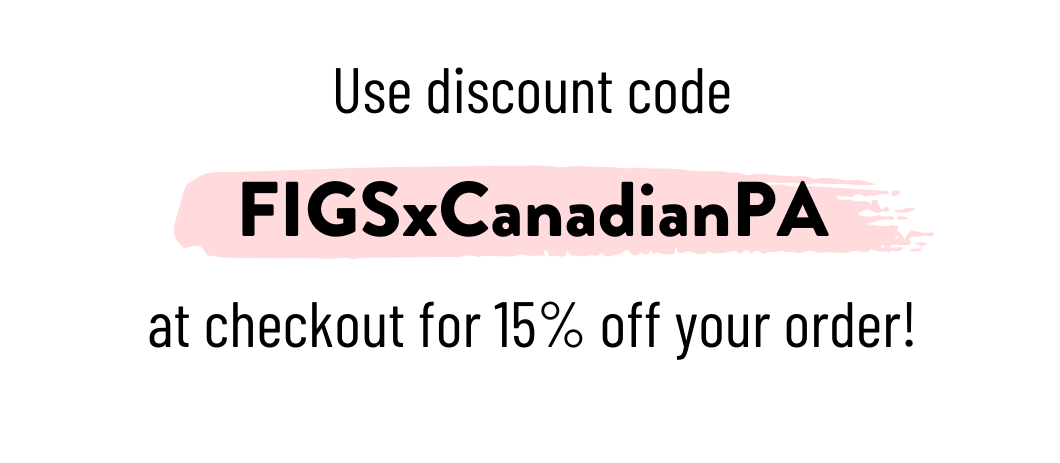
Amazon Sponsored Display (AMSD) is a powerful and unique advertising strategy that will help you build brand awareness and increase sales. You can target shoppers based their shopping habits, such as past search terms, views and purchases.
Vendors and sellers registered in the Amazon Brand Registry can use this feature to target shoppers on and off Amazon. You can place ads on the home page and product detail pages as well as in the shopping results.
Sponsored display
Sponsored Display Ads are an important part in an Amazon Marketing Strategy because they can engage and retarget shoppers on both Amazon and other sites. If used in conjunction with other ads products like Sponsored Products or Sponsored Brands they can increase sales, and even convert more customers.
The Amazon Sponsored Display network displays your sponsored ads on product detail pages, in the right sidebar, and on shopping results on desktop and mobile. The ads are generated using shopping signals. These include which products users have viewed and in what categories, as well as their shopping carts.
When creating a campaign, select whether you want to target your ads to audiences or product targets (like a competitor's products). Next, select the products to be advertised and create a bidding.
Bids are placed per target, much like keyword bids, and you'll need to regularly optimize them if you want to get the best ROI. However, since you're not targeting keywords, the resulting CPCs and spending are likely to be lower than with search ads.
Banner ads

Display ads can now be placed on Amazon websites and other third-party sites that have been partnered by Amazon via the Amazon display network. These ads come in the form of side widgets or banners.
Amazon also offers sponsored products, which can be used to boost sales by brands. These ads are a great tool for brands to generate traffic and get noticed.
They are also a smart way to build a list of new customers who haven't yet purchased your product or brand. These customers have shown interest by viewing your product listings and similar products on Amazon.
Amazon provides detailed ad targeting data that you can use to optimize your Sponsored Product campaigns. These data can be used to refine your campaigns and add keywords.
Side widget ads
There are a variety of options available to you if Amazon ads want to be displayed on your site. The ads can be added to a sidebar, or placed on an article in a magazine.
Amazon's display network is the largest of all retail ad networks, which means you can place your ads on many different pages and categories on Amazon. It allows you to target specific audiences, and offers advanced targeting options.
Sponsored ads on Amazon are a great method to increase sales and promote your product. They allow you to target shoppers based on demographics and interests, as well as product details.

You can create a campaign by entering your campaign name, date range, daily budget, ad group names, and bid optimization strategy. Ads will automatically appear when potential buyers browse on Amazon, and you only pay when they click the ad.
Sponsored display ads are different from other Amazon advertising solutions. They can be used even by brands that don’t sell on Amazon. It also allows marketers access to 1P data which is otherwise unavailable.
Product display
Amazon display ads are available on Amazon, on product detail pages and shopping result pages, on competitor's listings, and on third party websites or apps. These ads do not rely on keywords. They target customers who are interested in a product category via browsing signals such as what they purchase, what they view in their shopping carts and where they shop.
These ads can improve your campaign performance by providing a higher ROAS. You can also customize your ad creative with hand-picked headlines and logos.
Sponsored Products are a great way of promoting individual product listings on Amazon. Brands of all sizes can use them as a cost per click option.
FAQ
Do you believe it is important to use coupons at grocery shops?
Yes, using coupons is definitely worthwhile as they can help you save money. But, you should remember that not all coupons are created equal. It's best to match coupons with prices on sale.
To maximize savings, coupons can also be combined. Combining two $2/1 coupons could result in a single $4/3 coupon.
Is it okay to ask for discounts when shopping?
You should always try to negotiate a better price on buying items. It's not rude to ask if they have any discount codes available. If you do this politely, then they may offer you a deal. This could save your money over the long term.
What are some other things you should know before buying clothes online
Before shopping online for clothes, there are many factors you should consider. First, make sure you know your size. Although it may seem obvious, most companies won't give this information. You might have to guess.
Remember to be aware of shipping charges. Shipping costs vary depending on what item you have ordered. It is important to know exactly where your parcel is going. Some items ship directly to the manufacturer, while others go through third-party warehouses. This can impact delivery times.
Finally, make sure to read all reviews. There are many negative experiences. Don't allow someone else's experience to influence your own.
Statistics
- Last Black Friday, I bought a stove from Lowes at 40% off, receiving 24 months of interest-free financing (from Lowe's). (meetfabric.com)
- All items on AliExpress have an estimated delivery time on the product page, and it's usually anywhere from 20 to 60 days. (makeuseof.com)
- A report from the U.S. Census Bureau found that in the first quarter of 2022, an estimated $250 billion was spent on retail e-commerce sales.1 (thebalance.com)
- According to the Federal Trade Commission (FTC), online shopping was the fourth most common fraud category for consumers as of February 2022.5 (thebalance.com)
External Links
How To
What are safe shopping techniques online?
If you want to shop online safely, safe online shopping is essential. It's also great to learn how to buy from different websites without getting scammed.
You can read the rest of this article to learn how to purchase items online. This article will explain all the tips and tricks that can help you avoid falling for scams.
-
Do your research. Before you decide to shop online, it's essential to do your homework first. Check out customer reviews, get feedback, and seek recommendations from your friends.
-
It's worth shopping around. If you're unsure whether a particular store is reputable, compare prices among several sellers. Consider price comparison apps like Amazon Price Checker or Google Shopping. These tools allow you to see which retailers offer the lowest prices.
-
Be aware of red flags. When browsing product pages, be aware of any signs indicating a scammer may be trying to trick you. You may find fake sites that use misspelled words and grammar errors. These sites often sell fake products or incomplete products.
-
Pop-up windows are a danger. Pop-ups can be used to steal credit card numbers or passwords. If you encounter one of these, close them immediately by pressing "escape" or choosing another browser window.
-
Ask yourself questions. Think about these questions as you browse a website. Is it able to provide what I need? Can I trust the people behind the site?
-
Don't divulge your personal information. Unless you initiated the transaction or provided financial information, do not give out your Social Security number, bank account numbers, or credit card details by phone or email.
-
Avoid clicking on email links. It's easy for an email to contain a link that leads to a phishing page. This type of fraud can only be avoided by opening emails from trusted sources, such as banks.
-
Use strong passwords. Strong passwords should include symbols, numbers, letters. It is important to keep your password confidential.
-
Be careful about downloading files. Never open attachments from unknown senders and always download files directly from the source. Never open attachments that come from unknown senders. If you are sent an attachment asking you to install software, do not open it.
-
Report suspicious activity. Contact your local police immediately if you suspect that your identity has been stolen. The Federal Trade Commission can also be contacted.
-
Protect your device. Make sure you have anti-malware protection installed on your computer. This protection could stop hackers accessing your private data.
-
Scammers targeting senior citizens are to be avoided. Seniors are especially vulnerable to scams because they are less likely to understand how to spot fraudulent messages and websites.